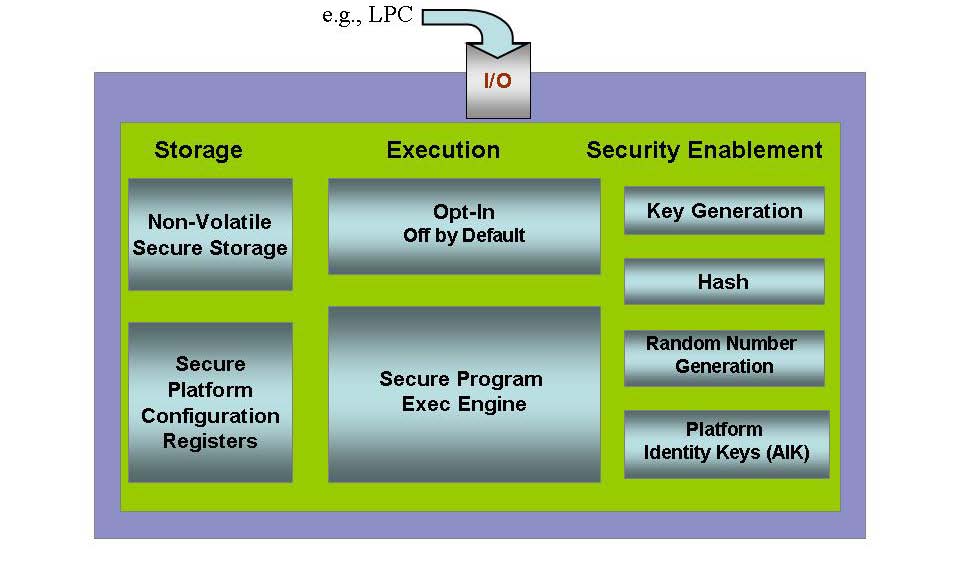
An Asus TPM (opens in new tab), which sold for $14 on Amazon, has, as of this publishing, sold out and is selling for more than $40 on the used market. This will require you to search for your motherboard model and see if the manufacturer ever released a compatible TPM.Īlso, it seems that prices for TPMs have increased since the Windows 11 unveiling. What to do if you don't have TPM 2.0įor desktop users that may not have TPM 2.0, one way to add the functionality is to buy a compatible module for your motherboard. After installation, the program will tell you if your computer is ready for Windows 11. Unfortunately, even if you are able to enable TPM 1.2 in the BIOS, Windows 11 actually requires TPM 2.0.Ī final way to check is to download the PC Health Check app (opens in new tab) from Microsoft. If it says "Compatible TPM cannot be found" then either your computer doesn't have a TPM, or has TPM 1.2, but is not enabled in the BIOS.

That should bring up the Trusted Platform Module (TPM) Management on Local Computer window. Scroll through the gallery below to see all the steps.

If that Security processor icon isn't there, then you do not have a TPM installed. It should say Security processor, with a little green checkmark next to the icon. The easiest way is to go to the Start menu, search for Windows Security, and click on Device Security on the left-hand column. There, another window will appear that shows if your device has a TPM installed. There are a few ways to check if your current machine has a TPM.

Whether it be a fingerprint reader or Windows Hello facial recognition, it all has to confer with the TPM to allow users access.Īnd it's not just your security systems that will utilize a TPM, so do programs like Outlook, Firefox and Chrome. The TPM chip communicates with other security systems within a PC.

"Requiring the TPM 2.0 elevates the standard for hardware security by requiring that built-in root-of-trust." "PCs of the future need this modern hardware root-of-trust to help protect from both common and sophisticated attacks like ransomware and more sophisticated attacks from nation-states," said David Weston, director of enterprise and OS security at Microsoft in a blog post (opens in new tab).


 0 kommentar(er)
0 kommentar(er)
